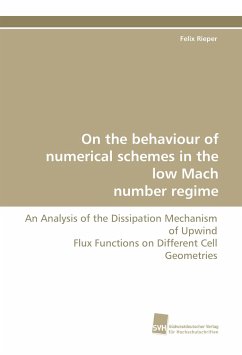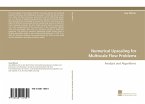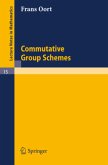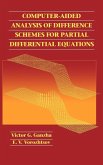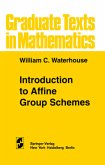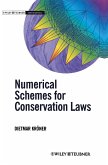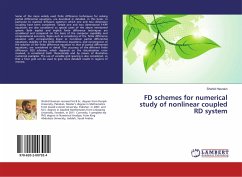Computational fluid dynamics (CFD) was for a long
time rigidly divided between simulating compressible
and incompressible flows, but a variety of important
flow phenomena like atmospheric flows are
quasi-incompressible with significant density
varations. Because of the good properties of schemes
for compressible flows, one asks the question: can
these methods cope with low Mach numbers? For
decades the answer was somewhat fuzzy: Yes, in
principle, but with deteriorating results for
decreasing Mach numbers.
In this book we shed light on this phenomenon,
showing that there are two sources of error: The
flux-function and the grid cell geometry. In the
first part we demonstrate that flux-functions fall
into two classes: one resolves all characteristic
waves of the Riemann problem while the other becomes
more and more diffusive for lower Mach numbers. In
the second part, we present an intriguing new result:
first-order upwind schemes can manage small Mach
number flows but only if the grid is made up of
triangular cells. Using graph theory we show that the
number of degrees of freedom for the velocity field
on cells with more than three edges is reduced to zero.
time rigidly divided between simulating compressible
and incompressible flows, but a variety of important
flow phenomena like atmospheric flows are
quasi-incompressible with significant density
varations. Because of the good properties of schemes
for compressible flows, one asks the question: can
these methods cope with low Mach numbers? For
decades the answer was somewhat fuzzy: Yes, in
principle, but with deteriorating results for
decreasing Mach numbers.
In this book we shed light on this phenomenon,
showing that there are two sources of error: The
flux-function and the grid cell geometry. In the
first part we demonstrate that flux-functions fall
into two classes: one resolves all characteristic
waves of the Riemann problem while the other becomes
more and more diffusive for lower Mach numbers. In
the second part, we present an intriguing new result:
first-order upwind schemes can manage small Mach
number flows but only if the grid is made up of
triangular cells. Using graph theory we show that the
number of degrees of freedom for the velocity field
on cells with more than three edges is reduced to zero.

